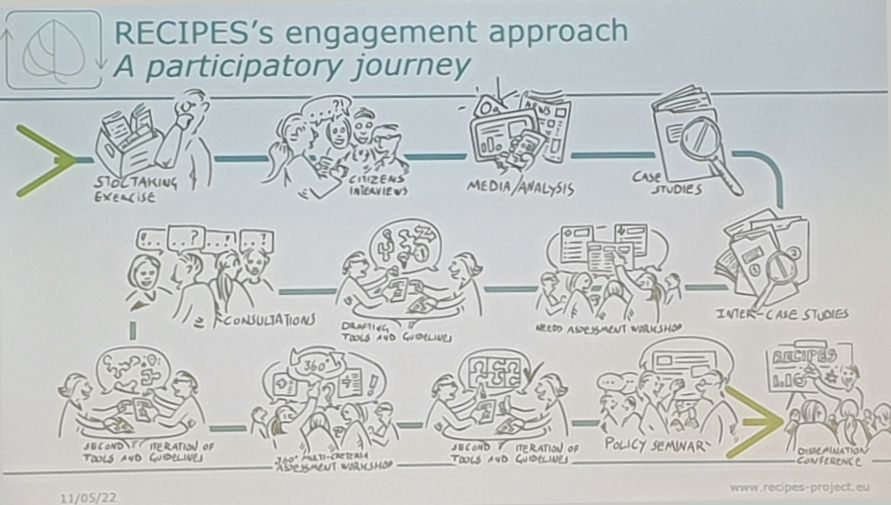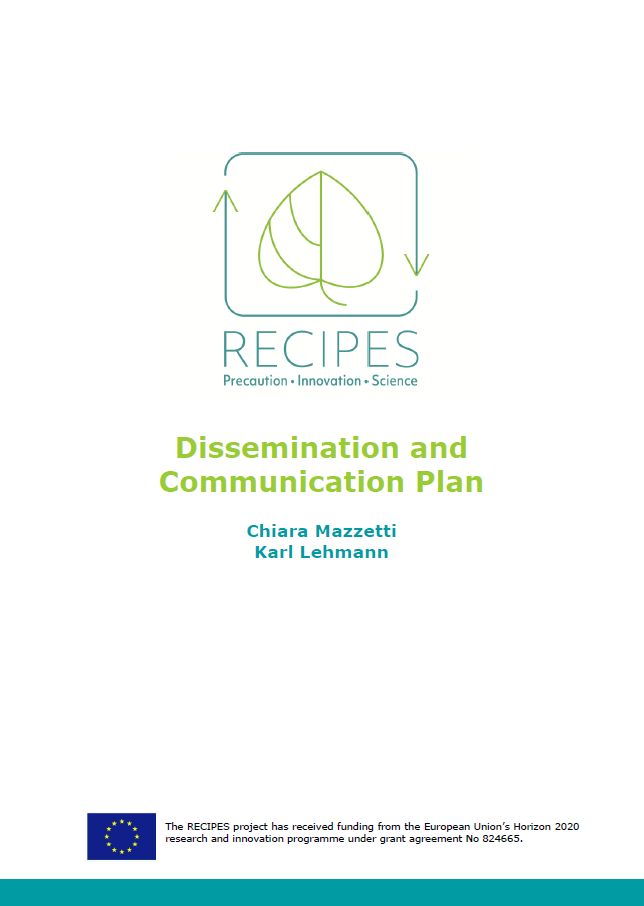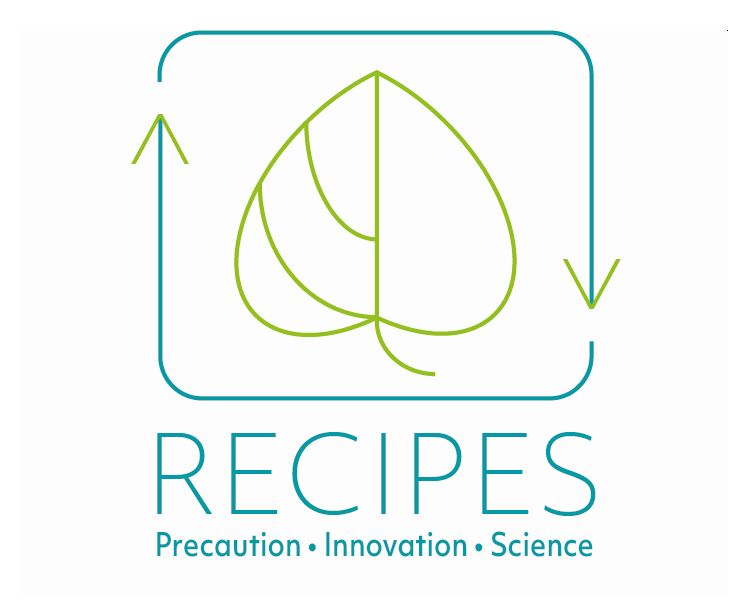As a last step of the project, the RECIPES team has developed a Guidance for application of the precautionary principle in the EU. The guidance advises on how to deal responsibly with uncertain risks in the development and implementation of technology in the EU. Target groups of this guidance are primarily EU policy makers, EU agencies, and EU policy support organisations and bodies that are concerned with risk regulation or the governance of science, technology and innovation. Ecologic Institute made the layout of the eBook.
- Language
-
English
- Credits
Layout: Jennifer Rahn (Ecologic Institute)
- Funding
-
European Commission, Directorate-General Research & Innovation (DG Research & Innovation), International - Published by
-
Ecologic Institute, Germany - Year
- Dimension
- 118 pp.
- Project
- Project ID
- Table of contents
-
Click to show full table of contents
1 Overall Executive Summary
2 Overall Introduction
2.1 The precautionary principle and responsible innovation
2.2 Structure of the guidance
2.2.1 Scope of application
2.2.2 Organisation of expertise
2.2.3 Participation
2.3 Sources of the guidance
3 Guidance on the scope of application of the precautionary principle
3.1 Executive summary
3.2 Introduction
3.2.1 The need for this guidance
3.2.2 Outline of guidance
3.3 When to apply the precautionary principle
3.3.1 The precautionary principle in short
3.3.2 The place of the precautionary principle within the EU
3.3.3 Guidelines for when the precautionary principle is relevant
3.3.3.1 Scientific uncertainty
3.3.3.2 Seriousness of the risk
3.3.3.3 Some form of scientific analysis
3.3.3.4 The characteristics of the risks and risk anticipation
3.4 The precautionary principle as a safeguard
3.4.1 Choose responsible innovation and responsible innovation processes
3.4.2 A priori risk reduction before market introduction
3.4.3 Early warnings
3.4.4 Assessing the situation
3.4.5 Deciding on the measures that are appropriate
3.4.6 Monitoring the situation
3.5 The precautionary principle as a compass
3.5.1 The precautionary principle and responsible innovation
3.5.2 Examples of good practices
3.6 Conclusion
4 Guidance on the organisation and production of expertise for precaution in risk regulation and innovation policy
4.1 Executive summary
4.2 Introduction
4.2.1 The need for this guidance
4.2.2 Outline of the guidance
4.3 Fundamental issues relating to the knowledge for precaution
4.3.1 Problem scoping to avoid addressing the wrong problem
4.3.2 Pluralisation of expert knowledge in assessment
4.3.3 Appraisal of scientific uncertainties
4.4 Ways forward to strengthen the knowledge basis for precaution in risk regulation and innovation policy
4.4.1 Extending the scope of risk assessment
4.4.2 Being open to emerging knowledge and ‘nonstandard’ knowledge in risk assessment and science for policy
4.4.2.1 Why risk assessment must be open to ‘non-standard’ knowledge
4.4.2.2 Including the findings from academic studies in the natural sciences into regulatory science
4.4.2.3 Diverse scientific disciplines and knowledges
4.4.2.4 Local and experience-based knowledges (extended peer communities)
4.4.3 Learning within and across regulatory domains
4.4.4 Promoting early risk research and anticipatory and foresight processes in risk and innovation governance
4.4.4.1 Precaution-related knowledge for responsible innovation
4.4.5 Implications for scientific practice
5 Guidance for participatory approaches supporting the application of the precautionary principle
5.1 Executive summary
5.2 Introduction
5.3 Rationale of participatory processes in application of the precautionary principle
5.3.1 Two major lessons derived from RECIPES research
5.3.1.1 Two major lessons
5.3.1.2 Linking the lessons learned with a RECIPES needs assessment
5.3.2 Theoretical foundations for strong participatory processes
5.4 Choosing participatory methods and tools
5.4.1 Participation in the innovation cycle
5.4.2 Fair and competent participatory processes
5.4.2.1 Public engagement
5.4.2.2 Transparency
5.4.2.3 Power asymmetries
5.5 Overview of guidance - Keywords
-
Environment, Innovation, Precaution, Regulation, Safety, Science, Policy Makers, Regulatory Authorities & Agencies, Research & Academia, Industry & Business, Funding Sources & Finance, NGOs & Associations, Citizens & Civil Society Organisations
Europe




